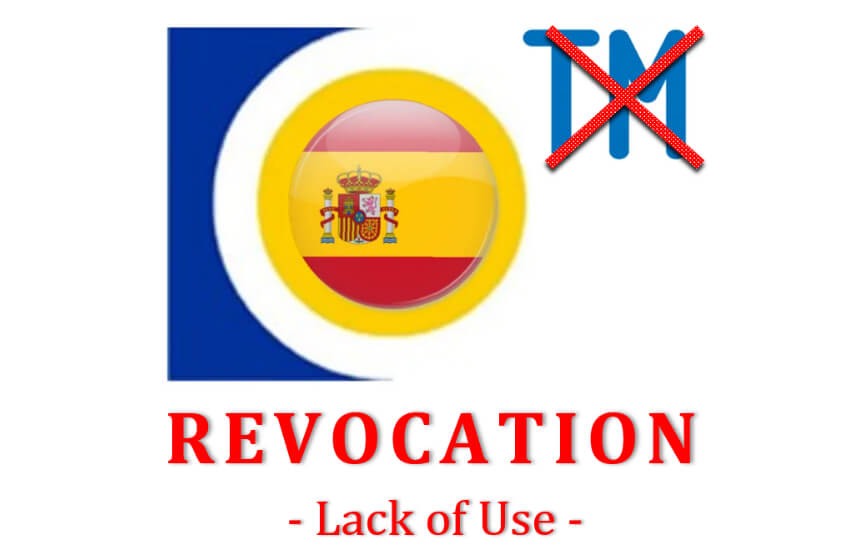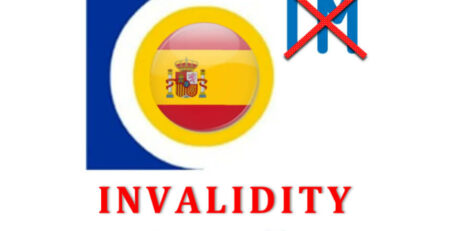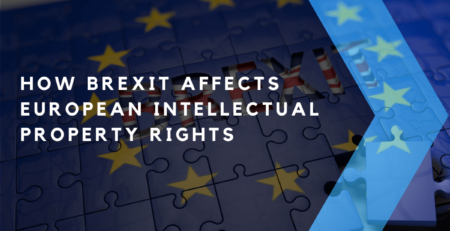Express revocation and tacit revocation of registered trademarks
Since the entry into force of the amendment to the Trademark Law 17/2001 processed through the channel of Royal Decree-Law 23/2018, the Spanish Patent and Trademark Office has been given the ability to resolve administratively some procedures by which the revocation for lack of use of a previously registered trademark is instigated directly.
It enters into force on January 14, 2023, as determined by final provision 7 of the aforementioned Royal Decree-Law, incorporated as Additional Provision One of the aforementioned Trademark Law.
Previously, this procedure was only within the jurisdiction of the Civil Jurisdiction (Commercial Court) which, due to its costly and complex processing before the courts, these civil actions were rarely initiated.
We must remember that there is an “obligation of use” of the trademark which, although it does not entail economic sanctions, its infringement results in the possible revocation for use that cannot be demonstrated or for the products applied for that cannot be proven to have been put on the market in the last five-year period.
This claim for revocation due to non-use or invalidity can be filed by any interested party. It is to be expected that many of the trademarks that are in limited use may be subject to these petitions.
Also, naturally, these can be freely requested to obtain the revocation of trademarks that are not in use, with the possibility of obtaining another similar trademark once the revocation has been obtained through the administrative process, which is much more affordable, and supposedly more agile.
In this case, we will start from the fact that an owner, company, freelancer… natural person, has a trademark registration.
And there are two possible scenarios for this brand.
- The first is that the mark is “properly registered” and in full use.
- The second is that the trademark is either:
- Registered as usual.
- The trademark is actually registered but not being used.
In the first case there is no doubt. The trademark is understood to be registered, in use and therefore full of rights and validity. A “properly registered” trademark is a trademark whose distinctive sign is the one that is provided on the goods or identifies the services, and which states them in detail and precisely.
In one example, the mark HALANDRO, which was registered to distinguish swimwear goods, is a reputable mark for such swimwear, and is present in commerce. Therefore, its right will remain strong and solid.
In the second case b), a problem may arise when the trademark has a standard registration. And we will define this type of registration as that which – since the trademarks are divided into a classification with indicative information – the products of the indicative expression were copied (headings), when there is no coincidence or no full precision with the products sold by it, which, although belonging to the same classification, are not listed or specified by the trademark.
In case a) following the trademark HALANDRO, it was registered in this example to distinguish “clothing, footwear, headgear”, but it actually distinguishes “swimsuits” in the market. That is, it requires an extensive interpretation of what was registered. It is not clear whether swimwear is a lesser category of clothing. Or in any case, there is doubt in that interpretation. Weakness or ineffectiveness of the registration.
In case b) the mark HALANDRO was registered in this third example to distinguish, “Textiles and their substitutes; household linen; curtains of textile or plastic materials; towels”. But there was never a product on the market under that denomination. Situation of latent expiration of the trademark.
SITUATION BEFORE JANUARY 14, 2023
- Trademarks may be registered if they are not opposed and their application is lawful.
- The opposition to a trademark application allows to demand for its effectiveness that the trademark is in use for the products to which it is opposed (in case it is not accredited, it would be a “TACIT EXPIRATION” only with respect to the new trademark applied for).
- Non-use of a trademark for five consecutive years after its registration could give rise to a revocation proceeding for non-use only before the courts (“EXPRESS REVOCATION”). At the request of the interested party, effective for all.
- The exception -effective between the parties- or counterclaim -effective for all- of invalidity for a trademark infringement claim is processed only before the courts.
SITUATION AFTER JANUARY 14, 2023
- Trademarks may be registered if they are not opposed and their application is lawful.
- The opposition to a trademark application allows to demand for its effectiveness that the trademark is in use for the products to which it is opposed (in case it is not accredited, it would be a ” TACIT EXPIRATION” only with respect to the new trademark applied for).
- The non-use of a trademark for five consecutive years after its registration could give rise to a revocation proceeding for non-use only before the Administration (“EXPRESS REVOCATION”). At the request of the interested party, effective for all.
- The exception or counterclaim -effective for all- of invalidity for a claim of trademark infringement is processed only before the courts.
Having in mind that, according to art. 41.2 of the Trademark Law, the owner of a trademark may prohibit the use of a sign only to the extent that the rights of the owner cannot be subject to a declaration of revocation… implies that the registration of a trademark requires proper advice, a continuous review, and a monitoring or surveillance of new applications that may alter its rights.
Should you require further information on this matter, please contact ABECSA and we will answer any queries you may have.
Alejandro Sanz-Bermell Martínez
Abogado
Agente de la Propiedad Industrial
Agente de Patentes Europeas
Mandatario acreditado ante la EUIPO









